(BIVN) – Pōhue Bay, the 16,451-acre coastal parcel stretching from Māmalahoa Highway to the shoreline in Kaʻū, is now part of Hawaiʻi Volcanoes National Park.
On Tuesday, the Trust for Public Land announced it has transferred ownership and stewardship of Pōhue to the National Park Service, “preserving the area’s unique natural and cultural resources from development.”
“Aloha ʻāina begins with our commitment to preserving our islands’ precious natural and cultural systems,” said Lea Hong, Associate Vice President, Hawaiian Islands State Director for Trust for Public Land. “We are grateful the National Park Service will steward the area with the support of the community, ensuring the history, culture and natural beauty of this place are protected for future generations.”
From a joint TPL/NPS news release:
Trust for Public Land purchased Pōhue Bay for over $9.4 million funded by the Land and Water Conservation Fund (LWCF) and a catalytic donation by the Wyss Foundation. Trust for Public Land transferred ownership and stewardship of Pōhue Bay to the National Park Service so the area’s native ecosystems and cultural treasures would be well cared for and preserved. Trust for Public Land has also donated $800,000 to the Friends of Volcanoes National Park to support the National Park Service’s management of Pōhue Bay.
Pōhue Bay has been the subject of several resort development proposals, however, community members identified the Pōhue Bay property as one of the highest priority acquisition/expansion areas in the Kaʻū Community Development Plan, and the acquisition of Pōhue is recommended in the 2016 Hawaiʻi Volcanoes National Park General Management Plan.
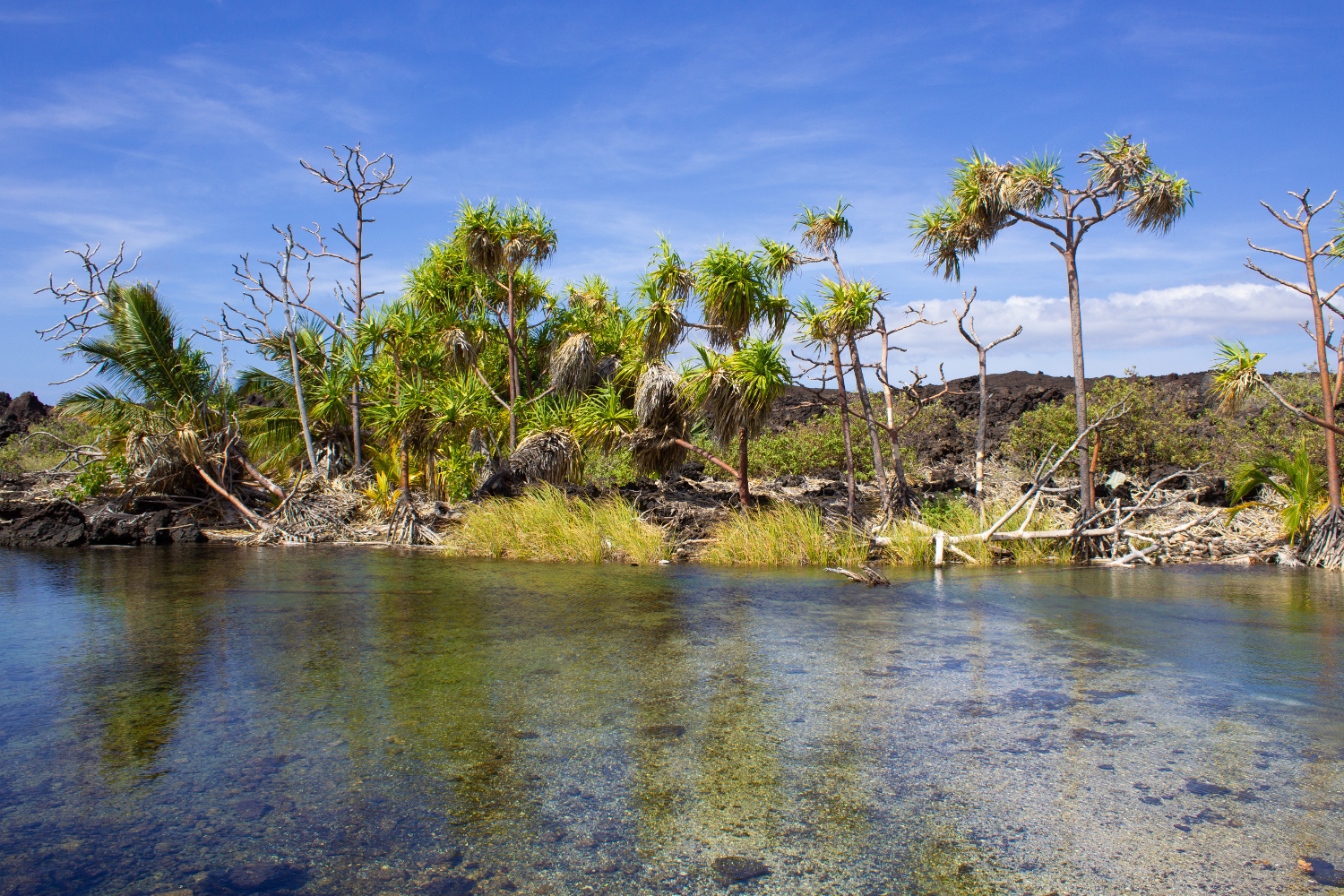
One of several large anchialine pools in the Pōhue coastline. In the US, Hawaiʻi is the only state that has anchialine pools and the majority of those pools are on Hawaiʻi Island. They are a significant cultural and natural resource. NPS Photo/J.Ferracane
Before the land transfer, NPS took proactive steps and met with community members in partnership with TPL and the Hawaiʻi Alliance for Community-Based Economic Development (HACBED) to better understand the land’s cultural, historical and ecological significance. This preliminary process will continue over the next several months. Until a Pōhue interim operating plan is completed, and safe access protective of cultural and natural resources can be ensured, public access is temporarily restricted. There are no bathroom facilities or capacity for trash removal, and emergency response is very limited. Portions of the current jeep trail and pedestrian routes to the coastline pass through private lands not managed by the park.
“Pōhue is an incredibly precious and culturally significant landscape that needs to be protected. We are actively seeking community feedback to get a better understanding of the natural and cultural resources in the area,” said Hawaiʻi Volcanoes National Park Superintendent Rhonda Loh. “The park is working to develop an interim operating plan for Pōhue that explores opportunities for public use compatible with resource protection. We thank the community for your patience and for the manaʻo shared so far,” Loh said.
A public meeting will be held at the Ocean View Community Center on Saturday, August 13 from 1 p.m. to 3 p.m., and additional meetings will be announced soon.
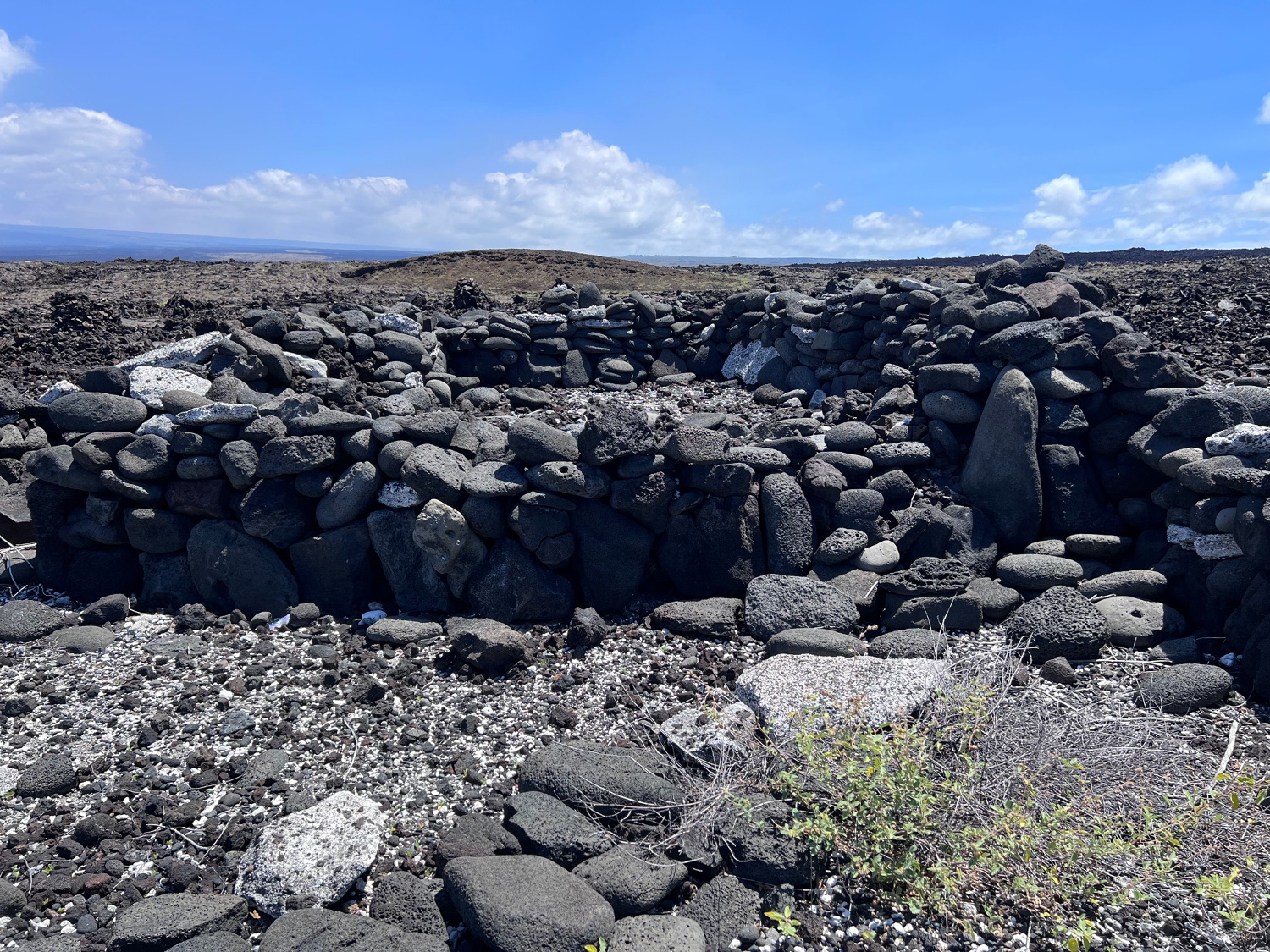
Stone walls of a former coastal human habitation site at Pōhue, one of numerous archeological resources known to the area. NPS Photo/S.Roper-Todd
Pōhue Bay is home to numerous well-preserved and significant Hawaiian cultural sites, including the largest recorded abrader quarry in Hawaiʻi, lava tubes, burial site, mauka-makai (mountain to sea) trails, fishing shrines, remains of once-thriving coastal villages, and petroglyphs. A well-preserved portion of the Ala Kahakai National Historic Trail or Ala Loa, an ancient coastal trail system, hugs the coastline.
The Pōhue coastline is also critical habitat for federally listed endangered Hawaiian species, including the Hawaiian hawksbill turtle (honu‘ea) and Hawaiian monk seal. Rare endemic ʻōpaeʻula (red shrimp) live in the area’s anchialine ponds, and the bay is often frequented by native and migratory birds, including ʻiwa (frigate bird), koaʻe kea (white tailed tropic bird), kōlea (golden plover), ʻūlili (wandering tattler) and ʻaukuʻu (black crowned night heron).
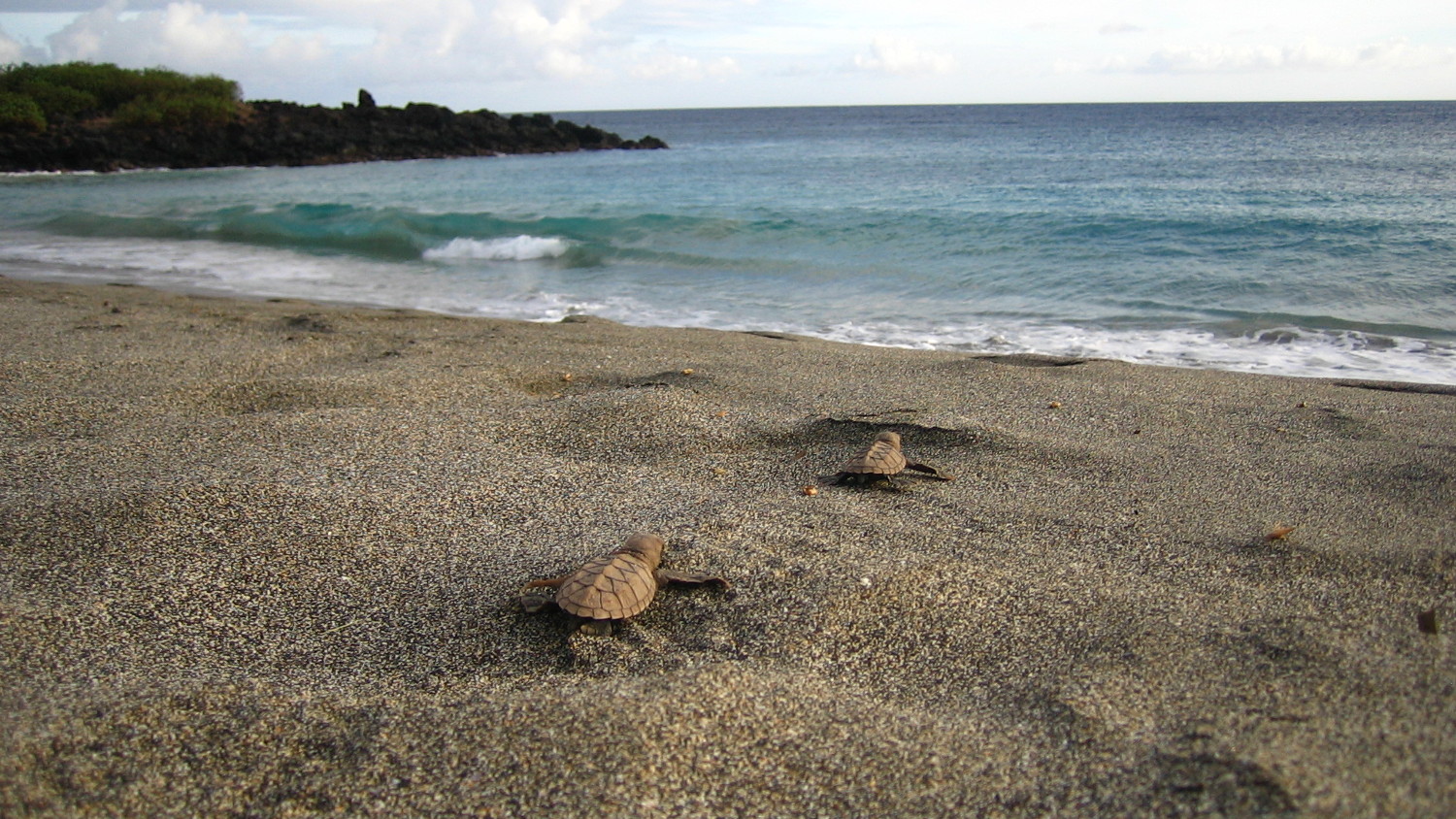
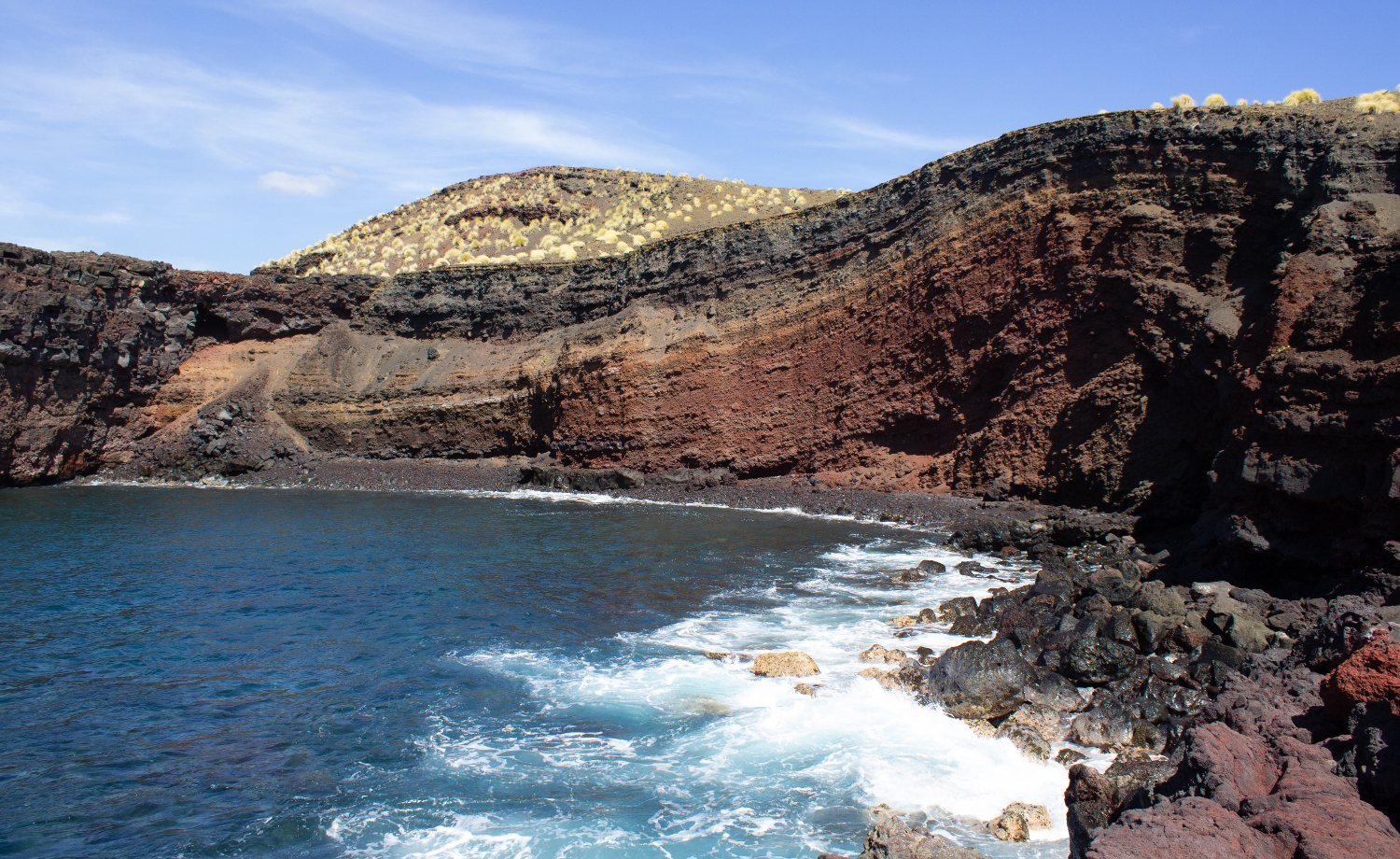
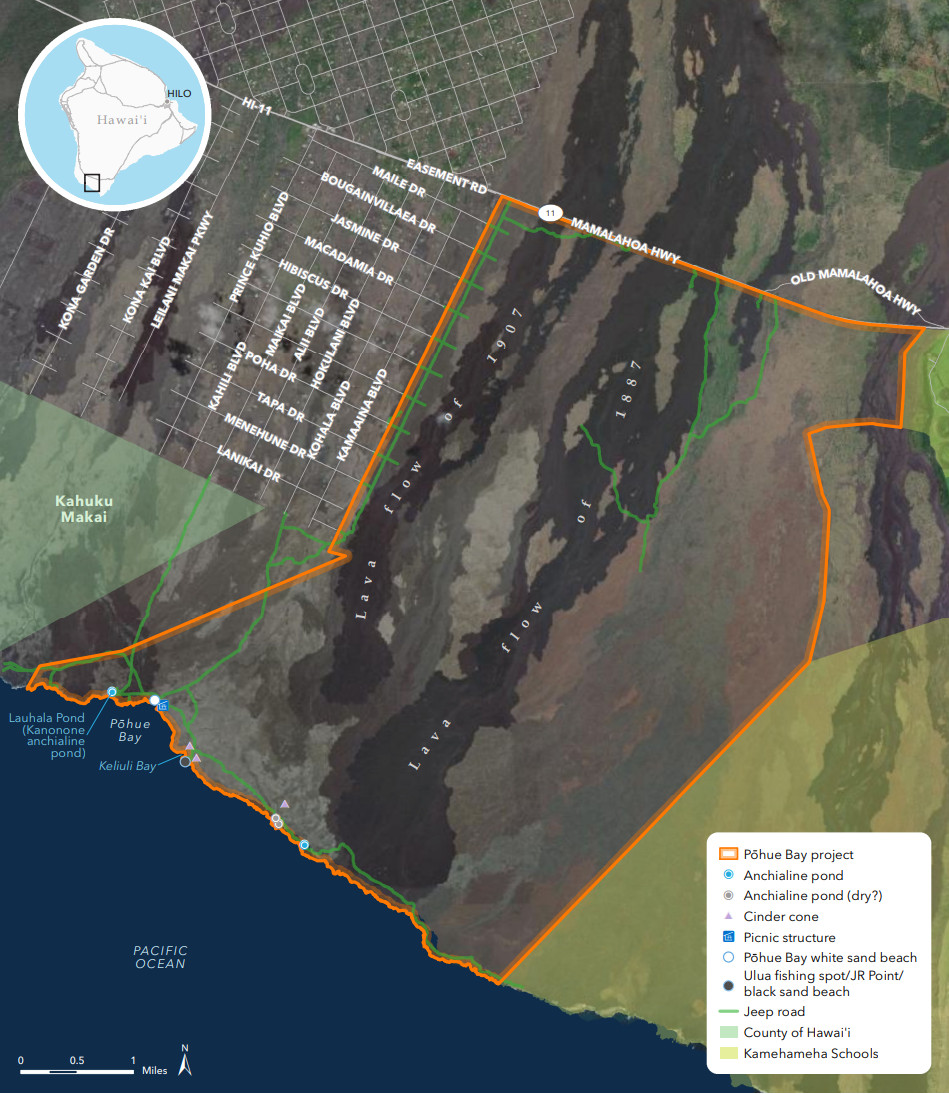
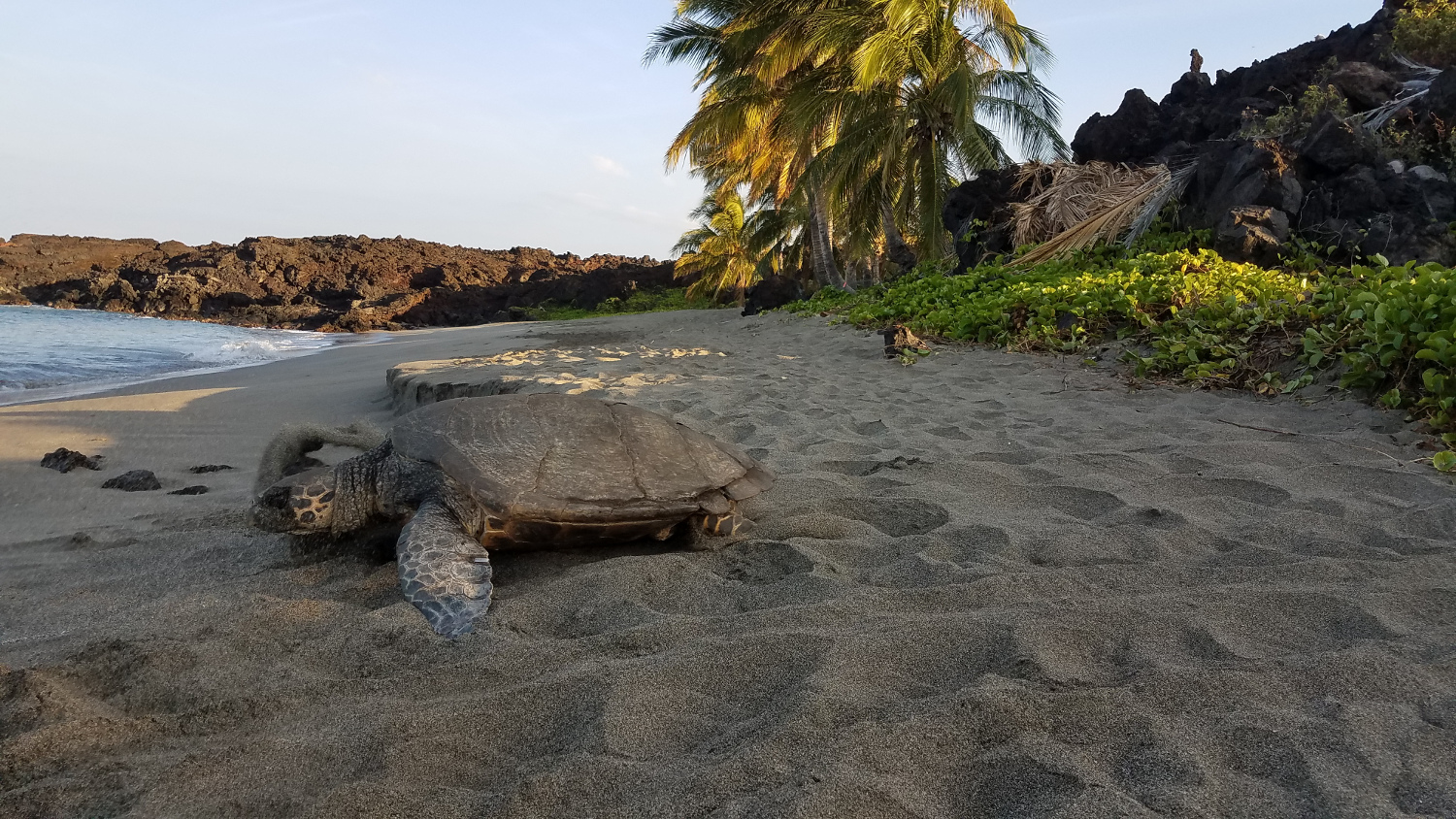

by Big Island Video News10:18 pm
on at
STORY SUMMARY
PŌHUE BAY, Hawaiʻi - More than 16,000 acres of coastal land in Kaʻū is "protected in perpetuity" by the National Park Service and Trust for Public Land.